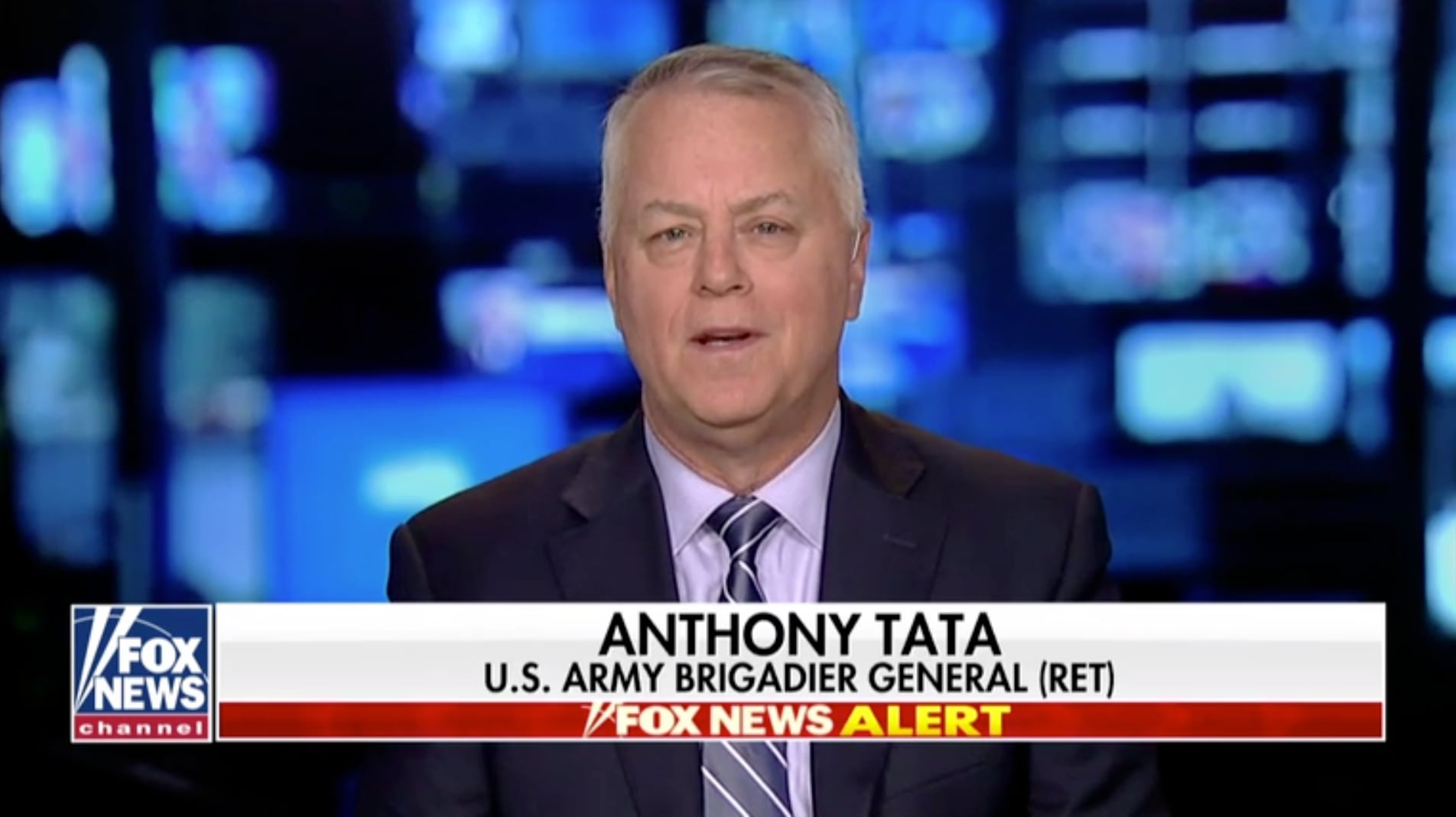The Navy has streamlined overseas screening to cut processing time and limit gaps from those who fail to qualify.
Under the old system it took, on average, 77 days to get overseas orders cut, so sailors could begin the screening process.
The new rules will allow sailors to begin screening almost immediately after being accepted for overseas or remote duty orders by issuing the sailor a "letter of intent" stating that he or she had been accepted for overseas duty, according to NAVADMIN 203/14, which announced the new rules.
"The current process of starting overseas screening after receipt of permanent change of station orders, delays sailors and families from completing overseas screening in a timely manner," Vice Adm. Bill Moran, the chief of naval personnel, wrote in the Sept. 2 naval message. "These delays have negatively impacted operational manning."
In fiscal year 2013, 13,830 service members received overseas orders, but of those 655 were found "unsuitable" for overseas duty and dropped out, leaving unfilled billets at overseas bases and forward-deployed ships. Those numbers, officials say, are roughly the same year to year.
The new rules also put strict timelines into place and require more tracking, with orders issued only after the screening is finished and approved.
"From a [monetary] perspective, there really wasn't a cost to the Navy [when sailors failed to screen]," said Rear Adm. Kenney Whitesell, the Navy's head detailer, in a Sept. 10 phone interview. "Big cost to the Navy was readiness, a fit and fill issue at these forward commands, which had a direct impact on that command's mission readiness."
But it was not just commands that were inconvenienced under the old system, Whitesell said.
Members "would not only find themselves unsuitable for overseas duty, but also found themselves without a set of orders with a tight time frame," Whitesell continued.
"This meant that he or she would be sent 'needs of the Navy' — you are sent where the Navy needs you, not necessarily where you want to go," he said.
The new process
When one sailor fails to screen, officials look for others they can quickly move through the screening process. If that fails, Whitesell said, "then the overseas command ... may have to hold the service member currently in the billet to mitigate that gap."
Officials hope to make these last-minute changes less frequent with new rules where you don't get the orders until you are qualified to take them.
The process starts when a sailor or officer has been selected for overseas duty by their detailer or through the online Career Management System/Interactive Detailing site. Next, the sailor, his command or the command's immediate superior will receive a "letter of intent" to cut them orders — green-lighting the overseas screening to begin.
Sailors will have 30 days to complete the process, and those with dependents making the overseas move with them will get an additional 30 days to get families screened.
Most of the screening involves medical and dental exams, but for those with dependents of school age, it also requires a separate screening to determine if the overseas command's location has sufficient facilities to handle that child's educational needs.
The deadlines are hard and fast, Moran said in the message.
"If the service members or dependents screening process is not completed and suitability determination is not reported by the transferring command within the time allotted, the proposed orders will be canceled, making the service member subject to the needs of the Navy assignment without further negotiation."
These consequences are why Whitesell says it's important that commands track their sailors and ensure they make any scheduled appointments.
"We will have a process to monitor these individuals through the overseas screening process and will know when they're approaching the 30-day time frame for the member and the 60-day time frame for the dependents."
Though Millington will be watching, it's not the job of personnel officials to babysit sailors and commands, Whitesell said. If the window passes and the sailor or their dependents aren't approved, game over.
But if problems arise that the member or the command can't resolve within the 30- or 60-day timeframe, waivers are available. These can give a sailor more time for a medical test or completing paperwork. Only sailors with compelling reasons will be approved for waivers, Whitesell said.
"A waiver will come to me in PERS 4 with the command's justification for that waiver, and from there we'll make a judgment call on whether the member should be allowed more time or whether we need to move on," Whitesell said. "The whole idea behind this thing was to maintain readiness in the overseas fleet, so if somebody was not able to satisfy the timeline, then we have to be able to cut bait and move on to the next person."
Waivers will only be considered, the message said, if they arrive at Navy Personnel Command before the 30-day window expires.
Because of these hard and fast deadlines, Whitesell said, sailors need to hit the ground running once they get their letter of intent. They need to immediately seek help from their chain of command if problems arise.
Whitesell said overseas screenings are a top priority.
"The most important thing commands can do is allow the member the time to get this done; they can encourage the member in the importance of getting this screening done and help with getting medical screening set up with the medical facility," he said.
Mark D. Faram is a former reporter for Navy Times. He was a senior writer covering personnel, cultural and historical issues. A nine-year active duty Navy veteran, Faram served from 1978 to 1987 as a Navy Diver and photographer.





